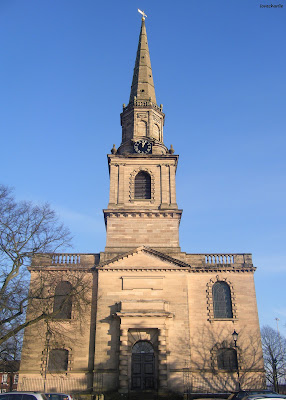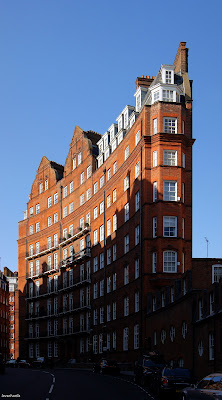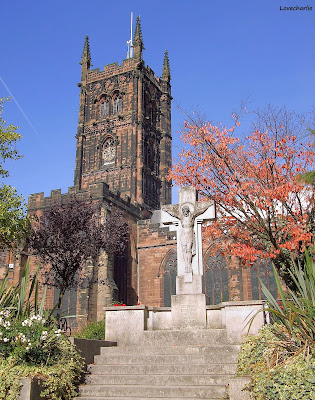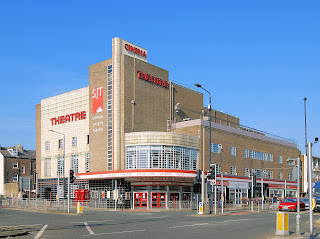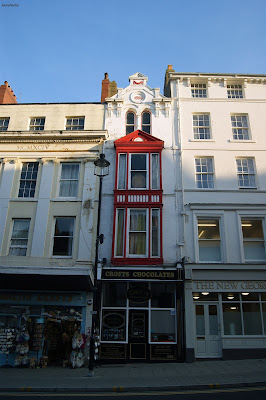Herne Bay Seafront

Herne Bay is a coastal town in Kent, it isn't as flashy as nearby Margate and Ramsgate or as picturesque as Whitstable but what it is, is a more relaxed, quieter destination somewhere to take things easy. where life seems to slow down and if that is what you are after then you could do a lot worse than spend some time in Herne Bay. One of the main attractions Herne Bay has to offer is its pier, the original pier was nothing more than a mooring platform that stretched out into the water but during the late Victorian era as holidays became more and more popular the town along with its pier were developed and expanded so much so that by 1897 Herne Bay was home to the country's second longest pier. Throughout the Edwardian era and early C20 the pier was renovated several times accumulating in a grand structure featuring a pavilion theatre. Following World War II the pier seemed to fall on harsh times and on January 11 1978 a large storm destroyed a large section of the structure l...


